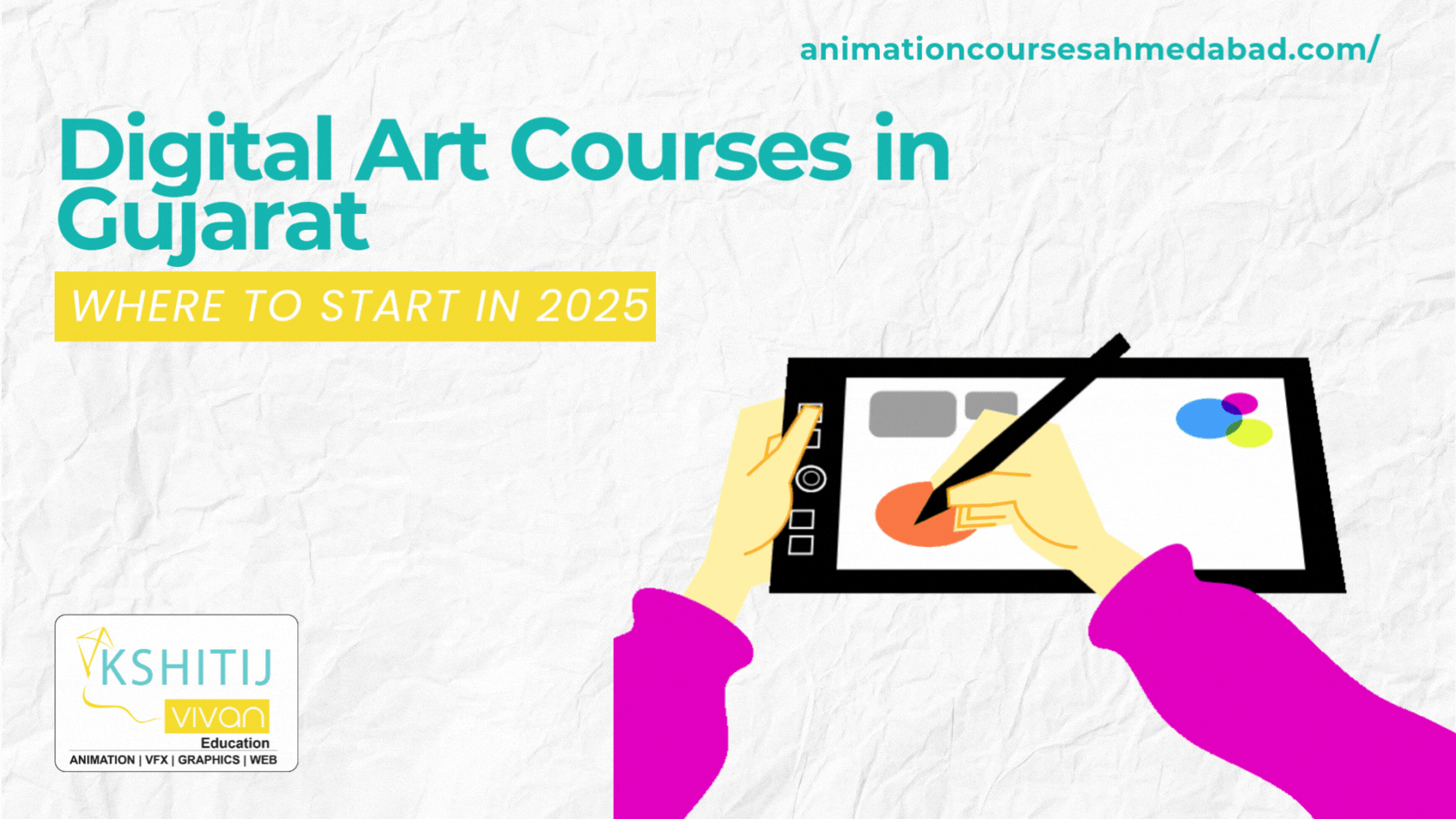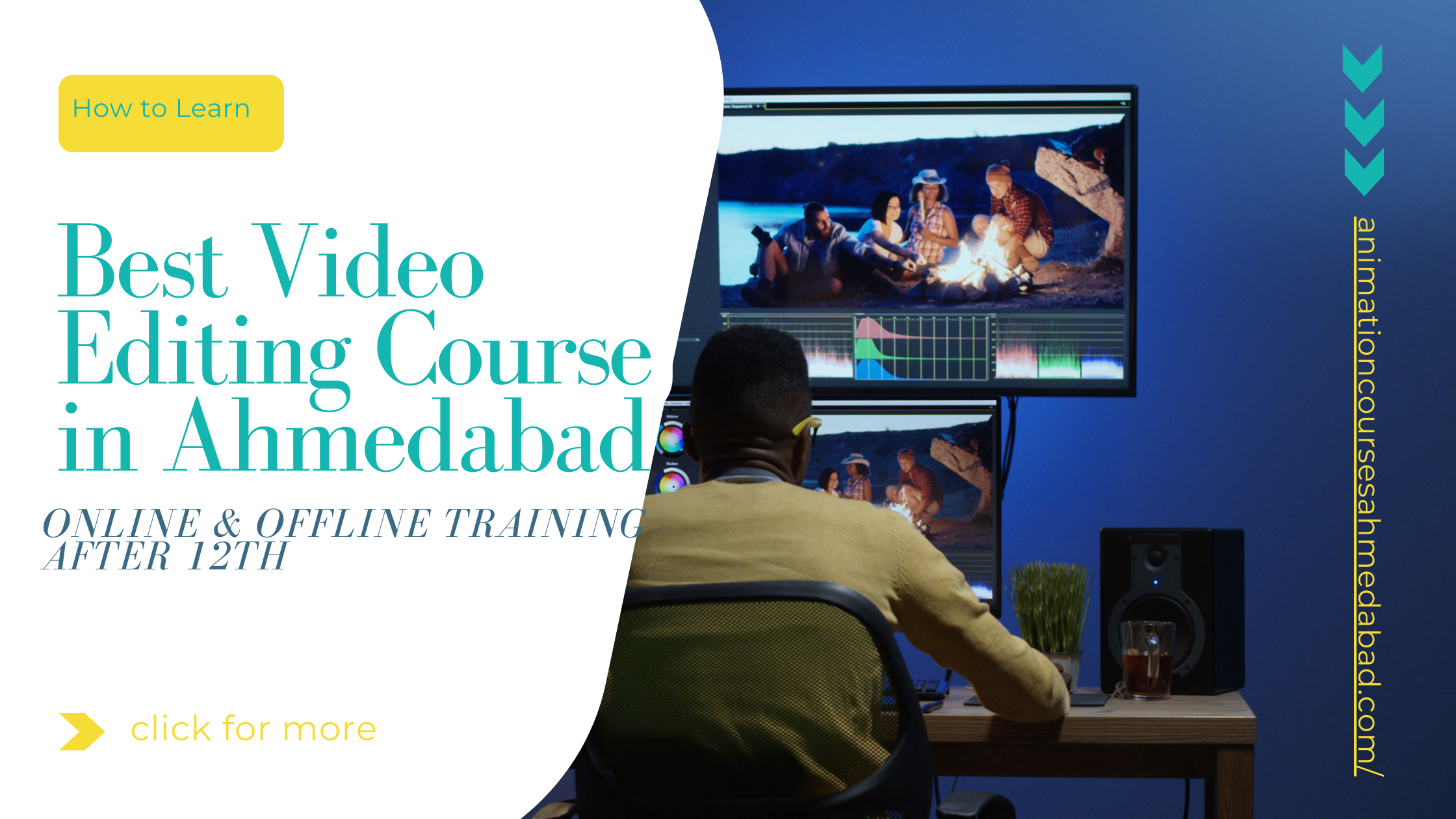
Beginner's Guide to Video Editing: 21 Pro Tips You Need to Know
Ready to skyrocket your video editing skills to the next height?
Whether you're looking to create stunning YouTube videos, edit your short films, or want to improve your overall knowledge of video editing, this guide is for you.
With 21 expert video editing tips and tricks from seasoned professionals in the field, we'll show you everything you need to know about getting started with video editing.
From selecting the right software to mastering key techniques like color grading and audio mixing, our beginner's guide has covered you. So grab a cup of coffee and get ready to dive into the wonderful world of video editing!
What is Video Editing?
Video editing is the process of manipulating and rearranging video footage to create a new work. This can be done to improve the quality of the original footage, add new elements such as special effects or narration, or change the order of the footage to tell a different story.
Many different software programs can be used for video editing, ranging from simple applications that are available for free online to complex professional-grade software. The choice of software will depend on the scope and scale of the project, as well as the editor's skills and preferences.
Basic video editing usually involves trimming footage, adding transitions between clips, and inserting titles and credits. More advanced techniques may include color correction, audio mixing, and green screen effects.
21 Pro Tips for Beginner Video Editors
Technical Skills & Software You’ll Need
You'll need a few basic technical skills and software to get started with video editing.
1) you’ll need a computer with enough processing power to handle the video files you’ll be working with.
2) You’ll also need some video editing software.
We recommend starting with a free video editings program like Windows Movie Maker or iMovie to get a feel for the basics of video editing before upgrading to a more powerful program like adobe after effects, or premier pro.
3) Once you have your computer and software set up,
you’ll need to familiarize yourself with the basic controls and features of your chosen program.
This process will be different for each program, but most will have similar features such as the ability to trim videos, add effects and transitions, and overlay audio. Take some time to explore the features of your software and experiment with different techniques.
As you become more comfortable with the basics of video editing, you can start exploring more advanced techniques. These can include things like color correction, green-screen effects, motion graphics, and more. Again, experimentation is key here – don’t be afraid to try out new things and see what works best for your particular project.
You can start learning by taking our Advanced Level Video Editing Course, where you will everything you need to become Next Level Pro Video Editor!
Video Editing Tips For Improving Your Editing Skills
4. Editing is all about telling a story
Whether you're cutting a feature film or a corporate video, your ultimate goal is to tell a story that engages and entertains your audience.
To do this effectively, you need to understand the basics of storytelling, including structure, pacing, and character development.
5. Know your software
Editing software is constantly evolving, so it's important to stay up-to-date on the latest features and techniques.
But more importantly, you need to know how to use your software efficiently so you can focus on the creative aspects of editing rather than getting bogged down in technical details.
6. Be organized
Editing can be a chaotic process, especially if you're working with a lot of footage.
So it's important to be as organized as possible, both in terms of your physical workspace and your digital files.
Label everything clearly and create a system that works for you so you can quickly find what you need when you need it.
7. Listen to feedback
Once you've cut together a first draft of your project, it's important to get feedback from others – whether it's from friends, family, colleagues, or strangers.
Try to keep an open mind and be willing to make changes based on what others think; after all, they're the ones who will be watching your final product.
How to Master the Basics of Video Editing
Assuming you're starting with a basic understanding of video editing, there are still a few things you need to master before you can call yourself a pro. Here are our top tips:
8. Get to know your software inside and out.
This may seem obvious, but it's important to have a strong understanding of the software you're using.
Not only will this make the editing process easier, but it will also allow you to take advantage of all the features and options available to you.
9. Develop a workflow that works for you.
Everyone has their way of working, so find what works best for you and stick to it.
This could involve anything from importing your footage to starting with a rough cut and then refining it later on.
The key is to be consistent and work in a way that is efficient and effective for you.
10. Pay attention to detail.
When doing video editing, the details win the game.
Whether it's matching the colors of two different clips or ensuring your audio is properly synced with your video, paying attention to detail will help elevate your work and make it look more professional.
11. Be patient.
Rome wasn't built in a day and neither are great video edits.
Give your time and don't rush the video editing process. If something isn't working, step away for a break and come back with fresh eyes.
Editing can be frustrating at times, but if you stay patient, eventually everything will come together nicely.
Understanding Color Grading
Color grading is the process of manipulating the colors in a video to create a certain look or atmosphere.
It can be used to correct problems with the color of the footage or to enhance the colors to create a specific mood.
There are many different ways to color-grade footage, but the most common method is to use a software program like Adobe Premiere Pro or Final Cut Pro.
There are also specialized hardware devices that can be used for color grading, but they are much more expensive and not typically used by amateur videographers.
12) When color grading footage, three main parameters can be adjusted: hue, saturation, and luminance.
Hue refers to the actual color of the image, saturation is how intense the color is, and luminance is how bright the image is.
By adjusting these three parameters, you can change the overall look of the footage.
For example, if you want to make a scene look more warm and inviting, you would increase the saturation and hue of the oranges and reds in the scene while decreasing the luminance.
Conversely, if you want to make a scene look more cold and eerie, you would decrease the saturation and hue of the oranges and reds while increasing the luminance.
There are no hard and fast rules for color grading, so it's important to experiment until you find a look that you like.
And don't be afraid to ask for help from someone who knows more about it than you do
Audio Mixing and Sound Design Tips
When it comes to audio mixing and sound design, there are a few things you need to keep in mind.
13) always make sure that your audio is clean and free of any background noise.
This can be achieved by using a noise reduction plugin on your audio track.
14) when mixing different audio tracks, use EQ and compression sparingly.
Too much of either can ruin the overall sound of your mix.
15) when designing sound effects, always try to make them as realistic as possible.
This will help immerse the viewer in your video and make it more enjoyable.
Working with Visual Effects(VFX)
Visual effects (VFX) are the processes by which images are created or manipulated for use in film, television, and video games.
There are many software programs available to create visual effects, but the most commonly used are After Effects, Nuke, and Maya.
16) Creating visual effects requires a strong understanding of the principles of animation and computer graphics.
It also demands creativity and a keen eye for detail.
The best way to learn how to create visual effects is to practice creating your projects.
Start with something simple, such as adding a fireball to a video clip.
Then move on to more complex projects, such as creating an entire environment from scratch.
There are endless possibilities when it comes to creating visual effects. With practice and patience, you can become a master of this craft.
Creating Titles, Credits & Motion Graphics
It’s important to think about titles, credits, and motion graphics from the beginning of your video project.
These elements can be created in many different ways, depending on your software and skill set.
But regardless of how you create them, they should be given careful consideration early on.
17) Titles are one of the first things viewers will see in your video, so it’s important to make a good impression.
Keep them short and sweet, and make sure they accurately represent what the video is about.
If you’re including credits in your video, be sure to list everyone who worked on the project in order of their contribution.
18) motion graphics can add a touch of flair to your video – but use them sparingly to not overwhelm viewers.
With these tips in mind, you’re well on your way to creating a great video!
Finishing a Project: Exporting & Delivery
When you're finished editing your video, it's time to export and deliver it to your client or audience.
Here are a few things to keep in mind when exporting and delivering your video:
19) Make sure you render your video in the correct format.
There are a lot of different video formats out there, so make sure you know which one your client or audience needs.
20) Export your video at the highest quality possible.
Delivery methods vary depending on where your video is going. If you're uploading it to YouTube or another online platform, there's no need to worry about delivery methods.
However, if you're sending your video via email or another method, make sure you use a reliable delivery service.
21) Always test your video before sending it off to make sure everything looks and sounds as it should.
Nothing is worse than finding out that there was an issue with your video after it's already been delivered!
As a beginner video editor, there are a few pro tips you should know to create amazing videos.
- always start with a storyboard. This will help you organize your thoughts and ensure that your video has a clear beginning, middle, and end.
- There are a ton of great video editing software/ programs out there, so find one that works best for you and your style
- always ask for feedback from friends and family. They'll be able to tell you what works and what doesn't, so you can make the necessary changes to create a truly incredible video.
Conclusion
Video editing is a skill that can be intimidating for beginners. But with enough practice and dedication, it's something you can master!
We hope our beginner’s guide to video editing has given you the confidence to get started.
Remember, start small and keep your expectations realistic but don't hesitate to experiment with different techniques or tools as you grow as an editor.
With these 21 pro tips in mind, we're sure you'll become an expert video editor before long!



